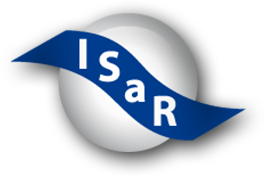A comparison of three materials used for tactile symbols to communicate colour to children and young people with visual impairments
empfehlen| Titel: | A comparison of three materials used for tactile symbols to communicate colour to children and young people with visual impairments |
|---|---|
| Form: | Aufsatz / Artikel |
| Autor(en): | Sabrina Ramsamy Iranah,Martin Maguire,James Gardner,Satyadev Rosunee,Naraindra Kistamah |
| Jahr: | 2016 |
| Anzahl Seiten: | 17 |
| Verlag: | SAGE Publications |
| Verlag Ort: | Thousand Oaks, CA 91320 |
| Veröffentlicht in: | British Journal of visual impairment |
| Seite (von-bis): | 54-71 |
| Auszug: | "A series of 14 tactile symbols were developed to represent different colours and shades for children and young people who are blind or have visual impairment. A study compared three different methods for representing the symbols: (1) embroidered thread, (2) heated ‘swell’ paper, and (3) representation in plastic using Additive Manufacturing (AM; three-dimensional printing). The results show that for all three materials, the recognition of particular symbols varied between 2.40 and 3.95 s. The average times for the three materials across all colours were 2.26 s for AM material, 3.20 s for swell paper, and 4.03 s for embroidered symbols. These findings can be explained by the fact that the AM material (polylactide) is firmer and more easily perceived tactually than the other two materials. While AM plastic offers a potentially useful means to communicate colours for appropriate objects, traditional media are still important in certain contexts." (Zitat und Quelle: British Journal of visual impairment) |





